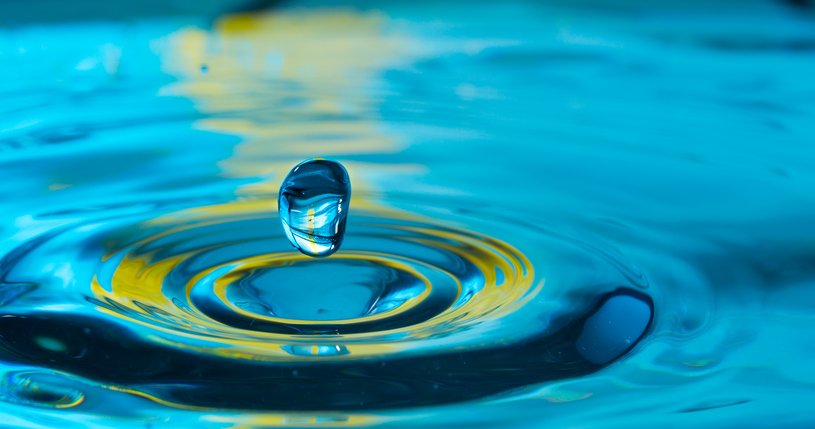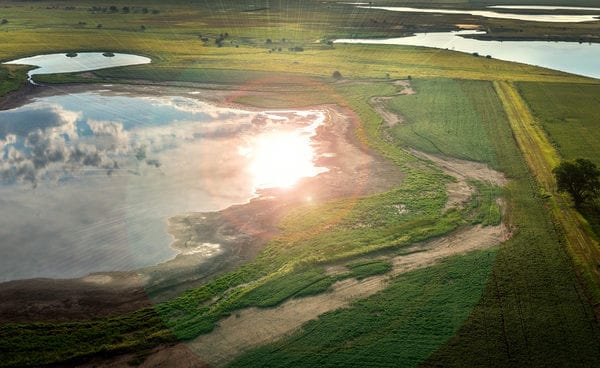Across social media, people have been talking about changes to the EPA’s clean water regulations. On one side, folks are worried that it signals a loss of important protections. On the other, folks feel that it’s a return to clearer, more business- and farm-friendly standards.
The reality is that most people don’t know what the EPA’s clean water regulations are or what they mean to begin with, let alone what the new changes mean. Here’s what you need to know about the history and meaning of the law.
The History of the Clean Water Act
Prior to 1948, there was no major legislation in the U.S. to protect the country’s waters from pollution. In that year, the Federal Water Pollution Control Act was passed, which was eventually amended in 1972, when it became commonly known as the Clean Water Act.
The law with its 1972 amendments accomplished several key things:
- Established a basic structure for regulating pollutant discharges into U.S. waters.
- Gave the EPA authority to implement pollution control programs.
- Maintained requirements to set water quality standards for all contaminants in surface waters.
- Made it illegal to discharge pollutants from a point source into navigable waters, unless a permit is obtained.
- Funded the construction of sewage treatment plants.
- Recognized the need for planning to address critical problems posed by nonpoint source pollution.
In subsequent years, the law was further modified to streamline the grants process, reduce toxic pollutants in the Great Lakes, establish maximum pollutant levels, and implement specific safe water criteria.
The Clean Water Act Today
In its current form, the Clean Water Act protects all “navigable” waters in the United States, as well as all tributaries and any surface waters that connect with or interact with navigable waters. It sets wastewater standards for the industry, controls the discharge of pollutants from point sources, and includes national water quality criteria recommendations for pollutants in surface waters.
Throughout its history, the Clean Water Act has caused some confusion regarding exactly what waters are covered by its provisions. Many types of water are clearly covered, including navigable waters, natural tributaries, attached wetlands, and industry wastewater. Other types of water have been in dispute, including especially surface waters created by and for farmers and farming. For instance, farm ponds that do not connect with navigable waters and other human-made water retention features.
The EPA is currently considering a proposed rule to repeal a 2015 definition that clarified and expanded the Clean Water Act’s coverage of human-made water retention features. This proposed repeal is the source of the public controversy that is making the rounds in the news and social media.
You can learn more about what the repeal would mean in this article.




